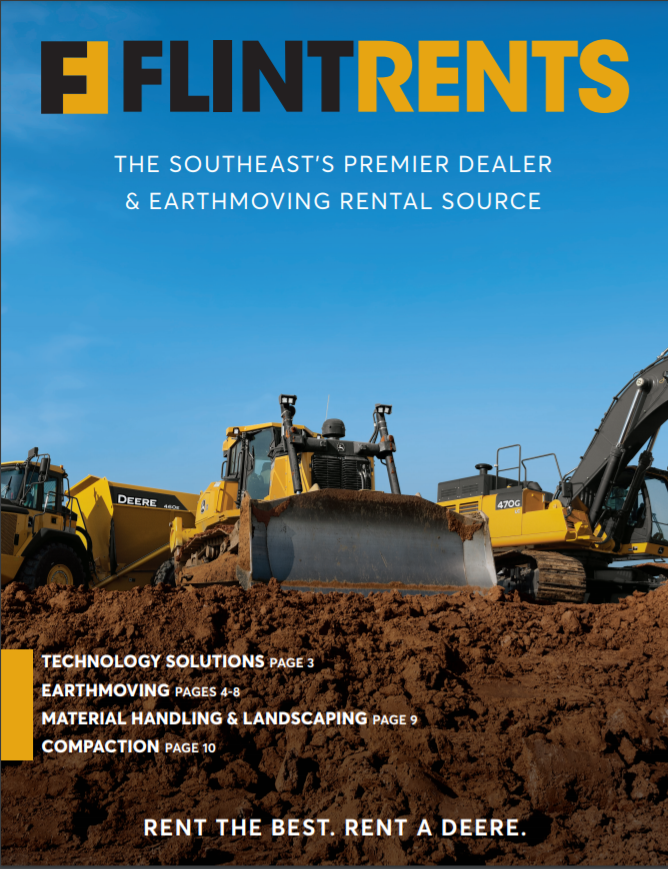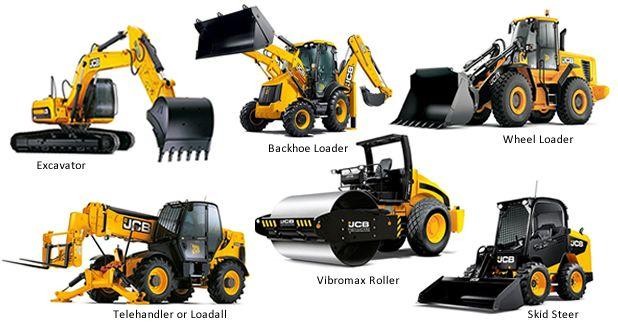Mini Excavator Rental: Compact Machines for Strict Spaces
Mini Excavator Rental: Compact Machines for Strict Spaces
Blog Article
Maximize Your Budget by Understanding the Prices Related To Building Equipment Services
Understanding the full extent of costs connected with construction devices leasings is crucial for maximizing your spending plan. What strategies can be employed to successfully manage these prices and ensure a more effective rental experience?
Summary of Rental Costs
When taking into consideration building tools leasings, understanding the linked costs is extremely important for efficient budgeting and task planning. Rental prices can vary dramatically based on numerous elements, consisting of equipment type, period of rental, and area. The initial rental charge often shows the tools's market demand and its linked operational abilities, affecting the overall cost.
In enhancement to the base rental rate, supplementary prices may develop, such as transportation charges, gas surcharges, and maintenance fees. It is essential to represent these added expenses to precisely analyze the total expense of renting out tools. The rental duration can influence rates; longer rentals may qualify for discounted prices, while temporary rentals might incur higher everyday charges.

Failure of Rental Prices
A detailed understanding of rental prices is necessary for specialists and job managers aiming to optimize their spending plans. Rental prices for building devices usually contain several parts, consisting of base rates, time-based charges, and use costs.
Base rates are the core charges connected with the service of the devices, frequently determined by the type and size of the equipment. These prices can vary significantly, affected by elements such as equipment need, accessibility, and regional market fads. Time-based fees, which may be daily, weekly, or monthly, offer to accommodate various job timelines and rental durations.
In addition, rental rates may consist of usage costs, which are suitable when equipment is used past a specified limit, making sure that the rental company can account for deterioration. Seasonal demand changes can additionally influence rental prices, with peak building and construction seasons generally regulating higher rates.
Furthermore, recognizing the rental business's plans concerning upkeep and insurance coverage can give additional understanding into the general price structure. By assessing these components, service providers can make informed choices, making certain the selection of rental tools aligns with both job needs and budget restrictions.
Extra Costs to Take Into Consideration
Understanding the complexities of extra charges is critical for contractors to manage their overall rental expenses efficiently. Beyond the conventional rental prices, different auxiliary costs can dramatically influence the complete price of tools service. These costs commonly include shipment and pickup charges, which can vary based on distance and logistics associated with transporting the equipment to and from the work website.
In addition, some rental firms might impose fuel additional charges if the tools is returned with much less fuel than try this when rented. It is also important to be aware of potential cleaning costs, specifically for specialized equipment that calls for detailed maintenance after use.

Extensively examining the rental agreement and clearing up these extra fees upfront can aid professionals ensure and prevent unexpected prices that budgets continue to be intact throughout the job lifecycle.
Maintenance and Repair Work Expenditures
Routine repair and maintenance expenses are usually neglected aspects that can significantly influence the general expense of building and construction equipment leasings. When renting tools, it is important to consider not only the rental charges but additionally the potential expenses associated with keeping the machinery in optimum operating condition.
Many rental firms include standard maintenance as part of the rental agreement; nonetheless, much more unforeseen malfunctions or substantial repairs can bring about additional expenditures. It's necessary to assess the rental contract thoroughly check my reference to comprehend what maintenance solutions are covered and what duties drop on the tenant.
In addition, tools that is not well-kept can cause ineffectiveness on duty site, possibly creating delays and increasing project costs. To reduce these risks, it is advisable to conduct routine assessments and keep open interaction with the rental copyright pertaining to any type of problems that arise during use.
Insurance and Obligation Costs
Insurance and liability prices are critical parts that can dramatically influence the overall expense of construction tools leasings (aerial lift rental). These prices make sure that both the rental company and the customer are secured from prospective financial losses emerging from mishaps, damage, or burglary during the rental duration

Furthermore, customers should recognize any deductibles or exemptions in the insurance policy, as these can influence potential out-of-pocket costs. Understanding the terms and problems of any kind of insurance protection is important to stay clear of unexpected expenses. Inevitably, budgeting for insurance coverage and responsibility expenses can assist make sure a smoother rental experience and protect against economic threats connected with building tasks.
Conclusion
In final thought, an extensive understanding of the expenses associated with construction tools services is essential for effective spending plan monitoring. Eventually, notified decision-making concerning tools services contributes to the overall success you can try this out of building and construction undertakings.
Rental expenses can vary significantly based on numerous aspects, including tools kind, duration of service, and place (boom lift rental). The rental duration can affect pricing; longer leasings may certify for discounted prices, while short-term services may sustain greater daily fees
By conducting detailed research study and engaging with trustworthy rental business, contractors can successfully navigate the complexities of rental rates, eventually optimizing their financial sources.
Beyond the typical rental rates, numerous additional costs can considerably affect the total expense of equipment leasing. Rental firms usually give liability insurance that covers injuries to third parties or damages to home, while tools damage insurance coverage can cover the price of repairs or replacement if the rented devices is harmed.
Report this page